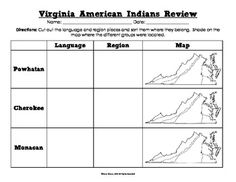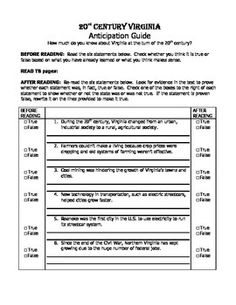Practicing Map Skills Worksheet
Map skills are essential for understanding and navigating the world around us. Whether you are a geography student, a teacher looking for resources, or a parent seeking to enhance your child's knowledge, worksheets can be an effective tool to reinforce learning. By using engaging and interactive exercises, worksheets help students grasp the concepts of map reading, identifying key geographic features, and understanding the relationship between location and spatial orientation.
Table of Images 👆
More Other Worksheets
Kindergarten Worksheet My RoomSpanish Verb Worksheets
Cooking Vocabulary Worksheet
DNA Code Worksheet
Meiosis Worksheet Answer Key
Art Handouts and Worksheets
7 Elements of Art Worksheets
All Amendment Worksheet
Symmetry Art Worksheets
Daily Meal Planning Worksheet
What is a map scale?
A map scale is a ratio that represents the relationship between a unit of distance on a map and the corresponding distance on the ground in reality. It allows users to accurately interpret distances and measurements on a map relative to actual physical distances in the real world.
How can you determine the cardinal directions on a map?
To determine the cardinal directions on a map, you can look for a compass rose, which is a symbol that indicates north, south, east, and west. Alternatively, you can use a compass to find the direction that aligns with the map orientation. North on a map is usually towards the top, south is towards the bottom, east is to the right, and west is to the left. By referencing these indicators, you can easily identify the cardinal directions on a map.
What is the purpose of a legend or key on a map?
The purpose of a legend or key on a map is to provide information about the symbols used on the map. It helps users understand the meaning of various symbols, colors, and annotations used to represent different features, locations, or attributes on the map. This aids in interpreting and navigating the map effectively and accurately.
How can you identify different landforms on a map?
To identify different landforms on a map, look for patterns such as contour lines that indicate elevation changes, shading or coloring that show different types of terrain like mountains or water bodies, and labels that specify specific landforms like valleys, plateaus, or canyons. Understanding symbols and legends commonly used on maps can also help distinguish landforms such as ridges, rivers, and plains. Additionally, paying attention to the scale of the map can provide context for the size and scope of different landforms depicted.
What is the difference between a physical map and a political map?
A physical map displays the natural features of the Earth such as mountains, rivers, and bodies of water, while a political map focuses on boundaries, countries, cities, and other human-made features. Physical maps showcase the geographic terrain and topography, providing a visual representation of the land's physical characteristics, whereas political maps highlight the administrative divisions and political boundaries between regions, countries, and territories.
How can you calculate the distance between two locations on a map using a scale?
To calculate the distance between two locations on a map using a scale, you need to first determine the scale of the map, which is typically expressed as a ratio (e.g., 1:50,000). Next, measure the distance between the two locations on the map using a ruler or a piece of string. Finally, multiply the measured distance by the scale of the map to obtain the actual distance between the two locations. For example, if the scale of the map is 1:50,000 and the measured distance is 5 centimeters, the actual distance between the two locations would be 50,000 multiplied by 5 centimeters, which equals 250,000 centimeters or 2.5 kilometers.
What is latitude and longitude used for on a map?
Latitude and longitude are used to specify the precise location of a place on Earth's surface. Latitude measures the distance north or south of the equator, while longitude measures the distance east or west of the Prime Meridian. Together, latitude and longitude provide coordinates that enable accurate mapping, navigation, and identification of specific locations on a map.
How can you locate a specific address or point of interest on a map?
To locate a specific address or point of interest on a map, you can use a mapping application or GPS device to search for the desired location by entering the address or name of the point of interest. The application will then provide you with the exact location on the map, along with directions on how to get there. Additionally, you can manually scan through the map and use landmarks or street names to pinpoint the location you are looking for.
What is the purpose of contour lines on a topographic map?
Contour lines on a topographic map are used to represent the elevation and shape of the land's surface. They connect points of equal elevation, showing variations in terrain and helping map users visualize the topography, such as valleys, hills, and mountains. Contour lines provide crucial information for hikers, geologists, surveyors, and other outdoor enthusiasts to understand the landscape and navigate safely.
How can you use a compass rose to navigate on a map?
A compass rose on a map indicates the cardinal directions – north, south, east, and west – as well as intermediate directions. By aligning the compass rose with the actual directions on the ground or with a magnetic compass, you can determine which way you are facing and orient the map accordingly. This helps in figuring out where you are in relation to the surrounding landmarks and navigate accurately to reach your destination.
Have something to share?
Who is Worksheeto?
At Worksheeto, we are committed to delivering an extensive and varied portfolio of superior quality worksheets, designed to address the educational demands of students, educators, and parents.





















Comments